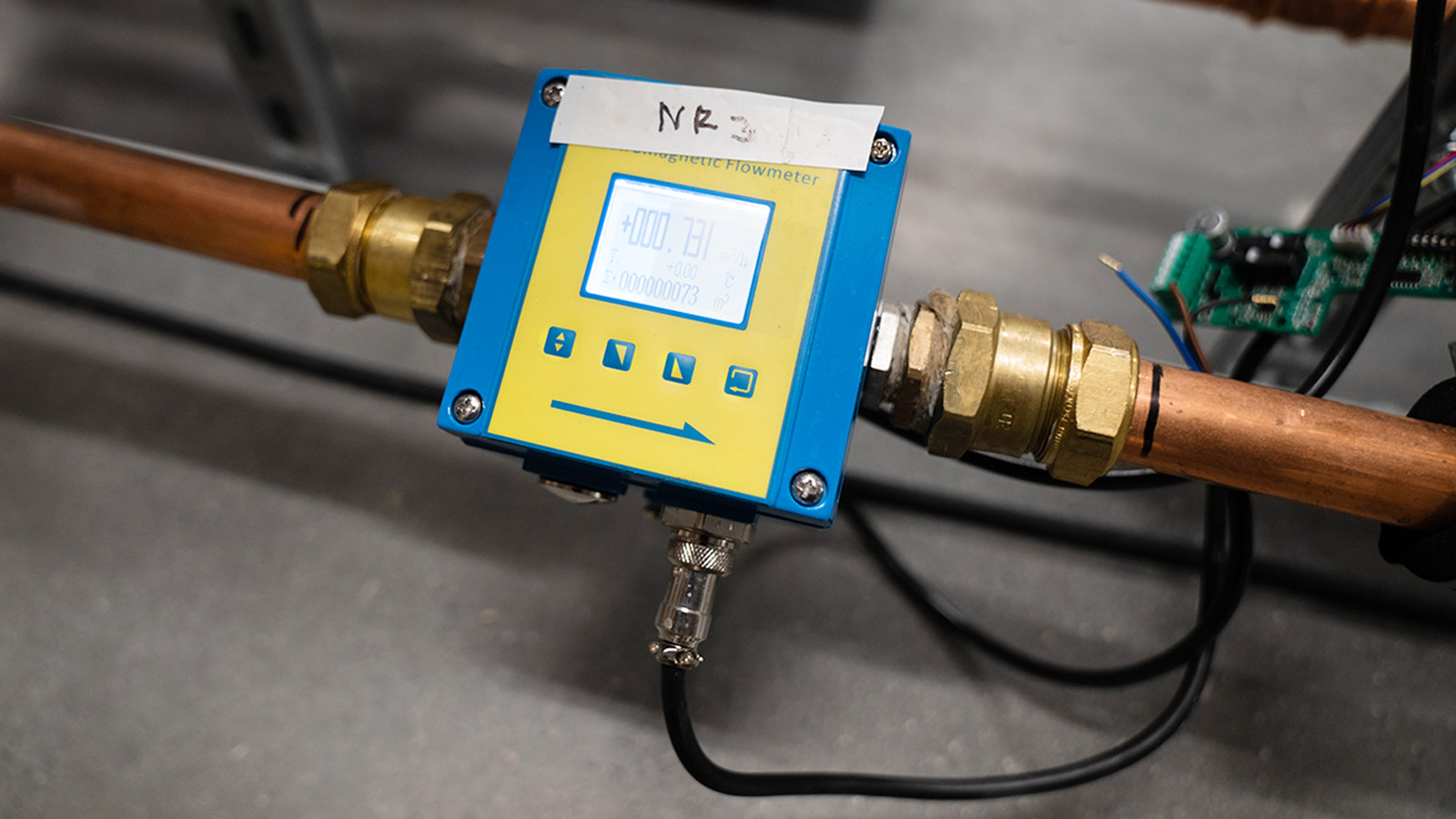Final report on the project Improved borehole technology

Boreholes with fiber optic measuring equipment makes it possible to evaluate thermal performance for boreholes of different lengths within the same borehole field.
This report presents the final results of project Improved borehole technology for Geothermal Heat Pumps development financed by the Swedish Energy Agency. The project started in May 2017 and finished in June 2020. The project has been led by Dr. Alberto Lazzarotto and the work was carried out by Alberto Lazzarotto and Willem Mazzotti Pallard both from KTH – Royal Institute of Technology. Visiting students Adrien Vautrin from Insa Strasbourg and Thierry Richert from École Centrale de Lyon provided significant contribution to the project. Riccardo Sven Risuleo, postdoctoral researcher in machine learning at the University of Uppsala and KTH, also provided key contributions. The project benefited from in-kind contribution from Akademiska Hus, Asplan Viak, Avanti, Bengt Dahlgren, ClimaCheck, Einar Mattsson, Energi och Kylanalys, Geobatteri, HP Brunnsborrningar, Muovitech, Nowab, the Norwegian University of Science and Technology (NTNU), Palne Mogensen AB, Sindeq, Solifos, Stures Brunnsborrningar, Sweco, Thermia, Triopipe Geotherm, Tyréns, WellPerform, and Wessman Drilling Solution.
Read the whole report here: Improved Borehole Technology for Geothermal Heat Pumps Development (pdf 2.8 MB)
This project was conducted at KTH Live-In Lab as part of their pratical experiments.
Both Dr. Alberto Lazzarotto and Doctoral student Willem Mazzotti Pallard answered to some questions about the collaboration with KTH Live-In Lab within their project :
- How beneficial was to use KTH LIL in your research?
Having access to a test borehole was very valuable (supporting theory with tests makes for stronger research paper IMO). On the other hand, I don’t think our project was at a stage where we could use all the features of the KTH LiL, mainly because our system was not fully ready to operate as in a real building (and it wasn’t the purpose of the research work either). Using more the “Live-in” part of the lab could come at the next stage of the project, for instance if the heat pump is used for heating the apartments with some innovative control implemented (e.g. Model Predictive Control)
- What it’s the next step?
Getting more funding to continue the project (still mainly focusing on the boreholes). Go into more depth with our current results and publish them. Another option would be using the heat pump to heat up the apartments and investigate control strategies for the overall system. As mentioned above this would probably require teaming up with other researchers at energy technology and make a joint application.
- Do you have any advices about the founding process for researchers?
KTH LiL increases the chance of getting funded IMO. Make sure that your project deals with some innovative component/system that is to be tested in near-real built environment conditions. Plan a part of the budget for the KTH LiL fees but also for coordination activities with the lab. Be ready to contribute to common tasks to help develop the lab.
